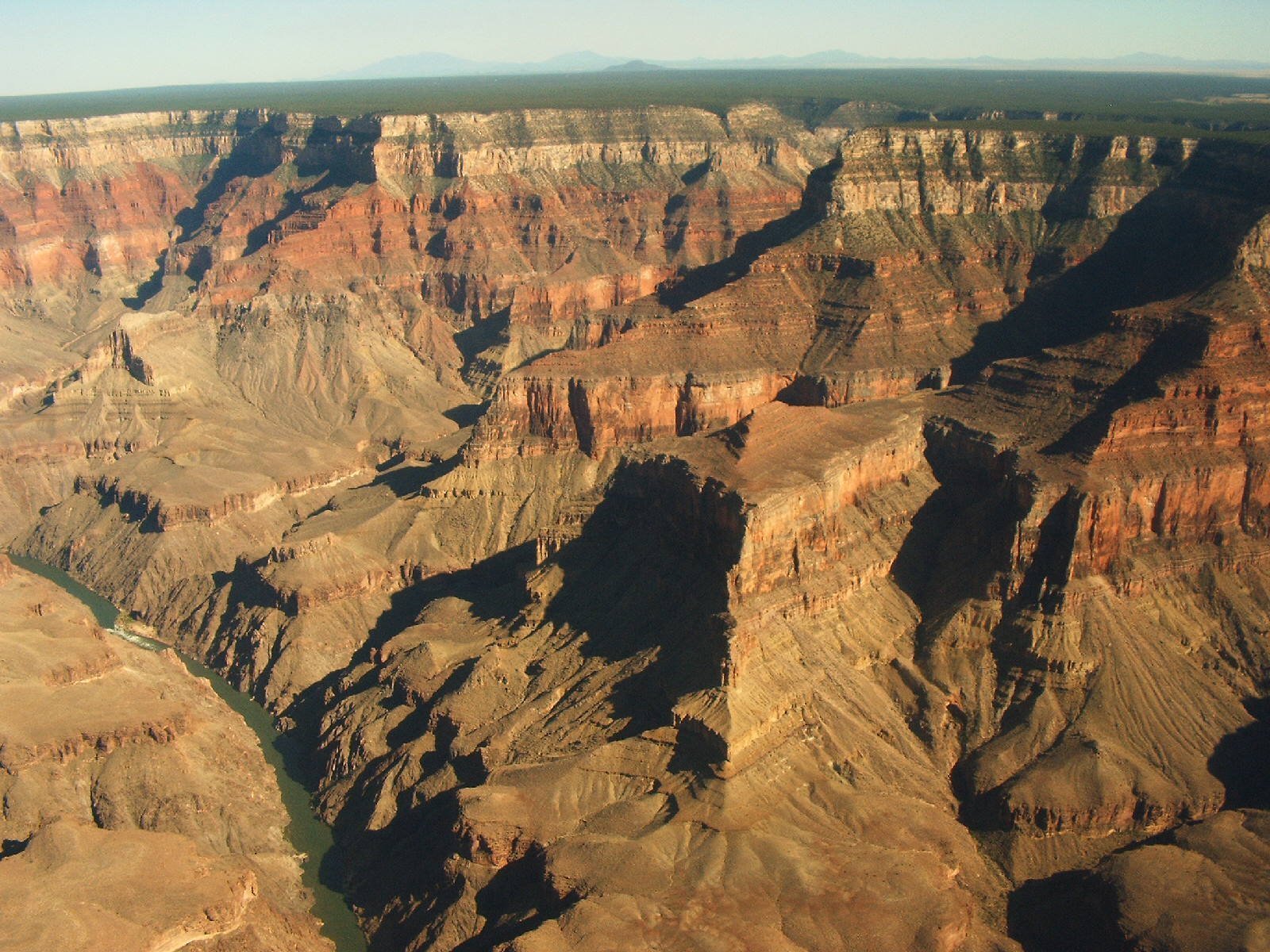The Grand Canyon National Park rock formations represent an extraordinary geological archive spanning nearly two billion years, showcasing a remarkable sequence of sedimentary, metamorphic, and igneous rocks that tell a complex story of Earth’s dynamic transformation. These stratified layers reveal ancient environments ranging from marine landscapes to desert terrains, providing scientists and visitors an unparalleled window into planetary geological evolution.
What Makes Grand Canyon Rock Formations Unique?

Geological Time Capsule of Rock Layers
The Grand Canyon’s rock formations are a remarkable geological library, preserving an unprecedented record of Earth’s geological history. These formations can be categorized into several key groups:
Proterozoic Basement Rocks
- Vishnu Schist: Approximately 1.7 billion years old
- Zoroaster Granite: Formed during intense metamorphic events
- Represents the oldest exposed rocks in the canyon
Paleozoic Sedimentary Layers
- Limestone Formations: Indicate ancient marine environments
- Sandstone Layers: Reveal changing depositional conditions
- Contain rich fossil records of marine life
Rock Composition and Characteristics
| Rock Type | Age Range | Primary Minerals | Formation Environment |
|---|---|---|---|
| Metamorphic | 1.8-1.6 Billion Years | Quartz, Feldspar | Mountain Building Zones |
| Sedimentary | 540-250 Million Years | Calcium Carbonate | Marine and Terrestrial |
| Igneous | Varied | Silicate Minerals | Volcanic and Plutonic |
How Did These Rock Formations Develop?
The development of Grand Canyon’s rock formations involves multiple geological processes:
- Tectonic Plate Movements
- Caused initial rock formation
-
Created underlying geological structures
-
Sedimentary Deposition
- Layers accumulated through marine and terrestrial environments
-
Compression and lithification transformed sediments into rock
-
Erosional Forces
- Colorado River carved through rock layers
- Wind and water contributed to landscape sculpting
Significant Rock Layer Highlights
Vishnu Basement Complex
- Oldest exposed rocks in Grand Canyon
- Metamorphic origins
- Represents fundamental geological foundations
Paleozoic Sedimentary Sequence
- Includes Redwall Limestone
- Contains extensive marine fossil records
- Demonstrates dramatic environmental changes
Geological Significance
The Grand Canyon’s rock formations provide:
– Comprehensive geological timeline
– Evidence of ancient environmental conditions
– Insights into planetary geological processes
Visitor Exploration Recommendations
- Best Viewing Locations
- Mather Point
- Yavapai Observation Station
-
Bright Angel Trail
-
Recommended Exploration Methods
- Guided geological tours
- Ranger-led educational programs
- Self-guided trail exploration
Conclusion

Grand Canyon National Park rock formations represent an extraordinary geological museum, offering visitors and researchers an unparalleled opportunity to understand Earth’s complex geological history through visible, tangible rock layers.
Expert Tips
- Bring binoculars for detailed rock observation
- Carry geological guidebooks
- Attend ranger presentations for deeper understanding
Safety and Preservation
- Stay on designated trails
- Do not remove rock samples
- Respect geological heritage
Reference:
– National Park Service Geological Resources
– USGS Grand Canyon Geology
– Geological Society of America Publications

